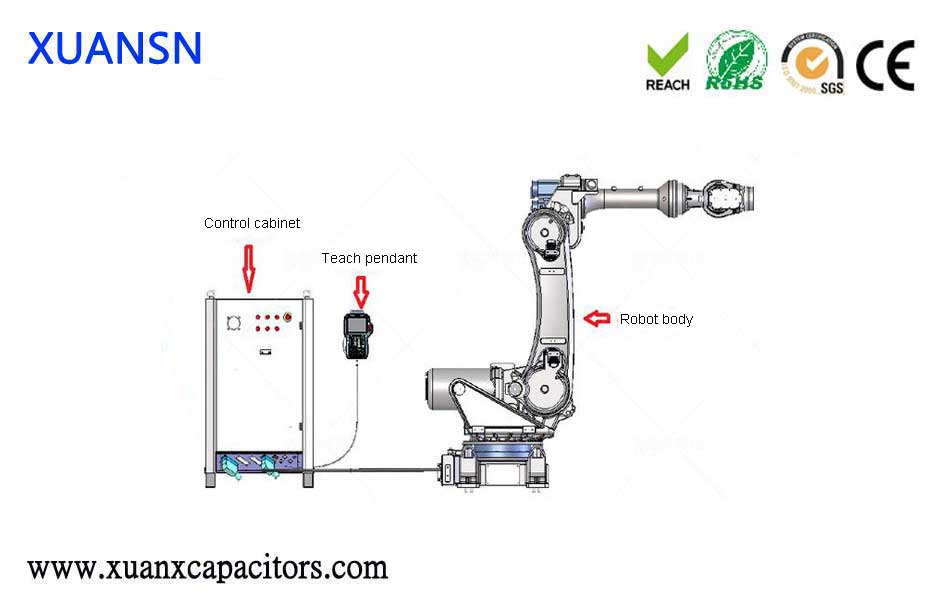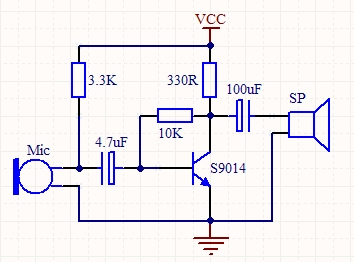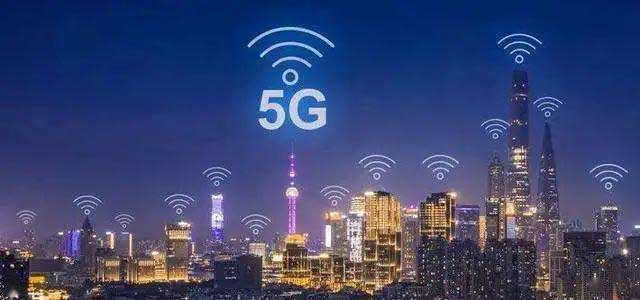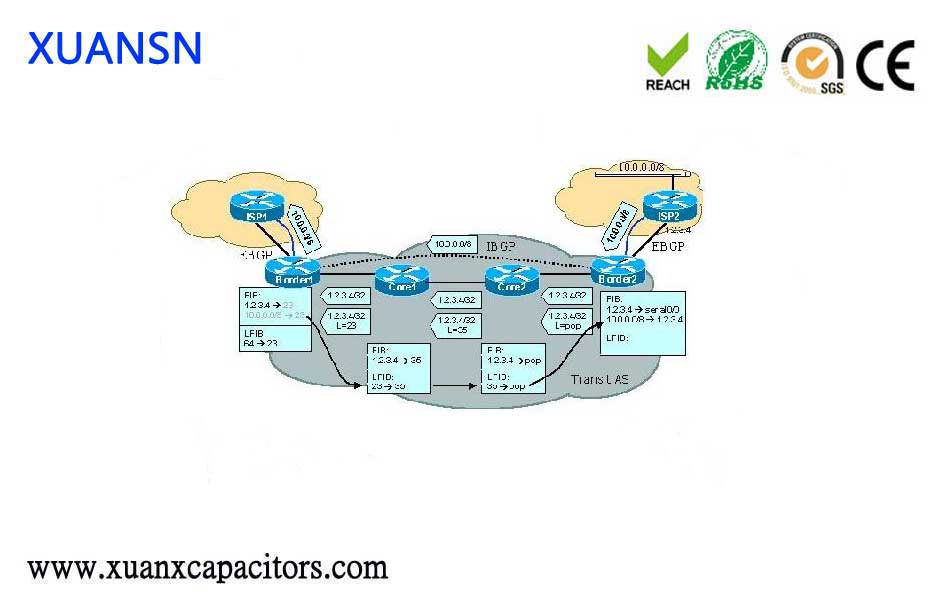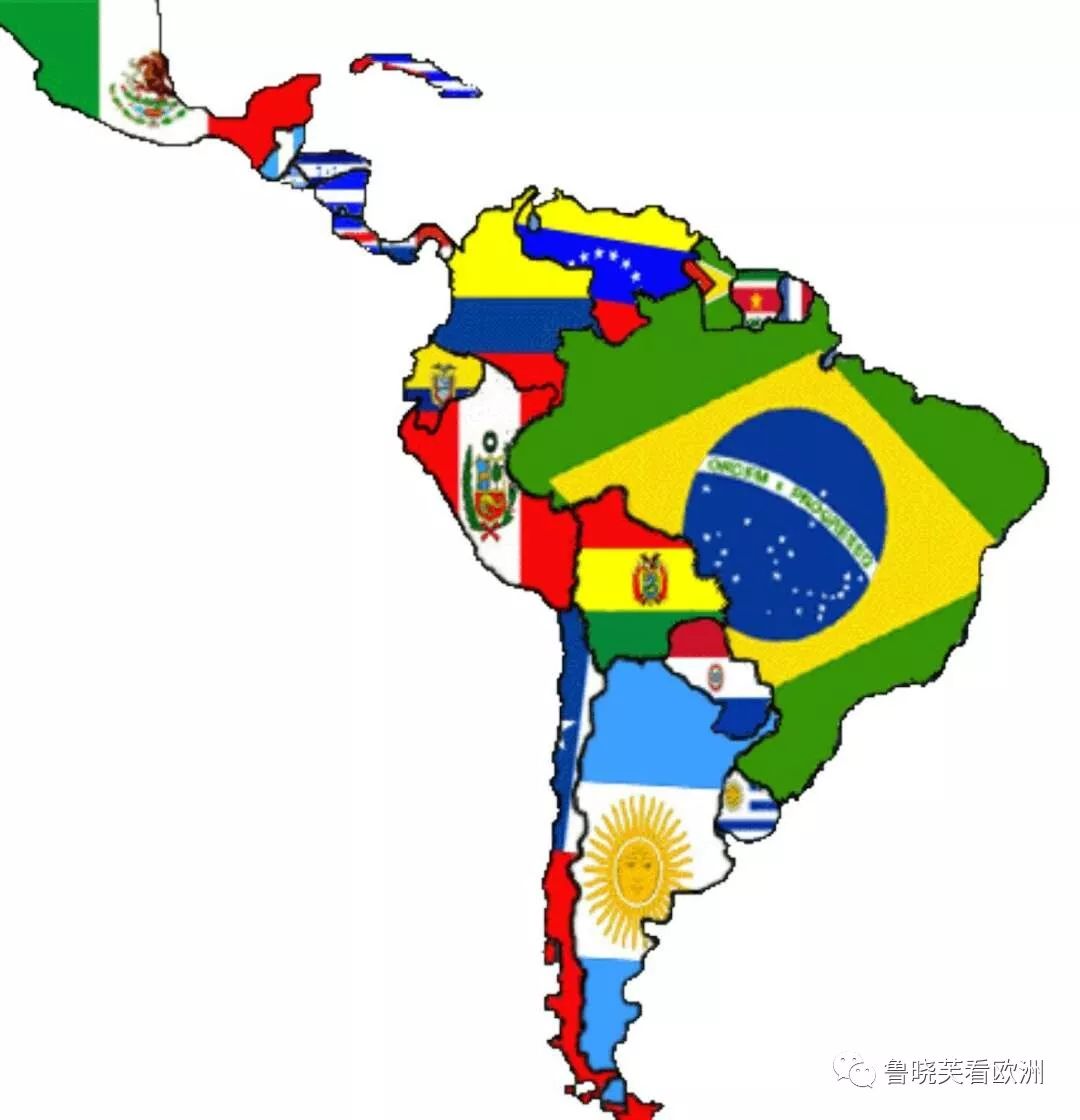Humans use sensory organs to obtain information from the outside world, while machines use sensors to study the laws of natural phenomena, production and life. In order to adapt to various situations, sensors are divided into different types. It can be said that sensors are the five senses of a machine, and it is an extension of the five senses of human beings. The sensor can fulfill multiple requirements of information transmission, processing, storage, display, recording, control, etc. It has multiple functions such as miniaturization, digitization, and intelligence, and is a loop for realizing automation. It is used in all aspects of work and life.
1. Temperature sensor: refers to a sensor that can sense temperature and convert it into a usable output signal. The temperature sensor is part of the temperature measuring instrument, and there are many varieties. According to the measurement method, it can be divided into two categories: contact type and non-contact type. According to the characteristics of sensor materials and electronic components, it can be divided into two types: thermal resistance and thermocouple.
Temperature sensor is a kind of sensor developed early and widely used. The market share of temperature sensors greatly exceeds that of other sensors. From the beginning of the 17th century, people began to use temperature for measurement. With the support of semiconductor technology, semiconductor thermocouple sensors, PN junction temperature sensors and integrated temperature sensors have been developed this century.
2. Pressure sensor: It is a commonly used sensor in industrial practice. It is widely used in various industrial automation environments, involving water conservancy and hydropower, railway transportation, intelligent buildings, production automation, aerospace, petrochemicals, oil wells, electric power, and ships. , Machine tools, pipelines and many other industries, the following briefly introduces some common sensor principles and their applications. Another medical pressure sensor.
Pressure sensors are mainly used in booster cylinders, superchargers, gas-liquid booster cylinders, gas-liquid boosters, presses, compressors, air-conditioning refrigeration equipment and other fields.
3. Liquid level sensor: It is a pressure sensor that measures liquid level. The static pressure input type liquid level transmitter (level gauge) is based on the principle that the measured liquid static pressure is proportional to the height of the liquid. The voltage is converted into an electric signal, and then after temperature compensation and linear correction, it is converted into a standard electric signal.
The liquid level sensor is suitable for liquid level measurement of various media in petrochemical, metallurgical, electric power, pharmaceutical, water supply and drainage, environmental protection and other systems and industries.
4. Capacitive level sensor: a variable medium capacitive sensor that uses the change of the measured medium surface to cause the capacitance to change. It has the characteristics of high reliability and easy installation. It can be widely used in metallurgy, mining, and other departments for material level control. It is a widely used level sensor.
Because the capacitance is continuously changing, the sensor can be used as a continuous level measurement, and can also be used as a crop level switch as an alarm or input signal for feeding and unloading equipment.
5. Ultrasonic sensor: It is a sensor developed by using the characteristics of ultrasound. Ultrasonic is a mechanical wave with a higher vibration frequency than sound waves. It is generated by the vibration of the transducer chip under the excitation of voltage. It has high frequency, short wavelength, small diffraction phenomenon, especially good directionality, and can be directed into rays. Dissemination and other characteristics. Ultrasonic waves have a great ability to penetrate liquids and solids, especially in solids that are opaque to sunlight. It can penetrate to a depth of tens of meters.
Ultrasonic sensing technology is applied in different aspects of production practice, and medical application is one of its main applications. Ultrasonic sensors can detect the status of the container. Ultrasonic sensors can be used to detect transparent objects, liquids, any dense materials with rough, smooth, and light surfaces, and irregular objects. Ultrasonic sensors can be used in food processing plants to realize a closed-loop control system for plastic packaging inspection. Ultrasonic sensors can be used to detect liquid level, detect transparent objects and materials, control tension and measure distance, mainly for packaging, bottle making, material handling, coal inspection equipment, plastic processing, and the automotive industry.
